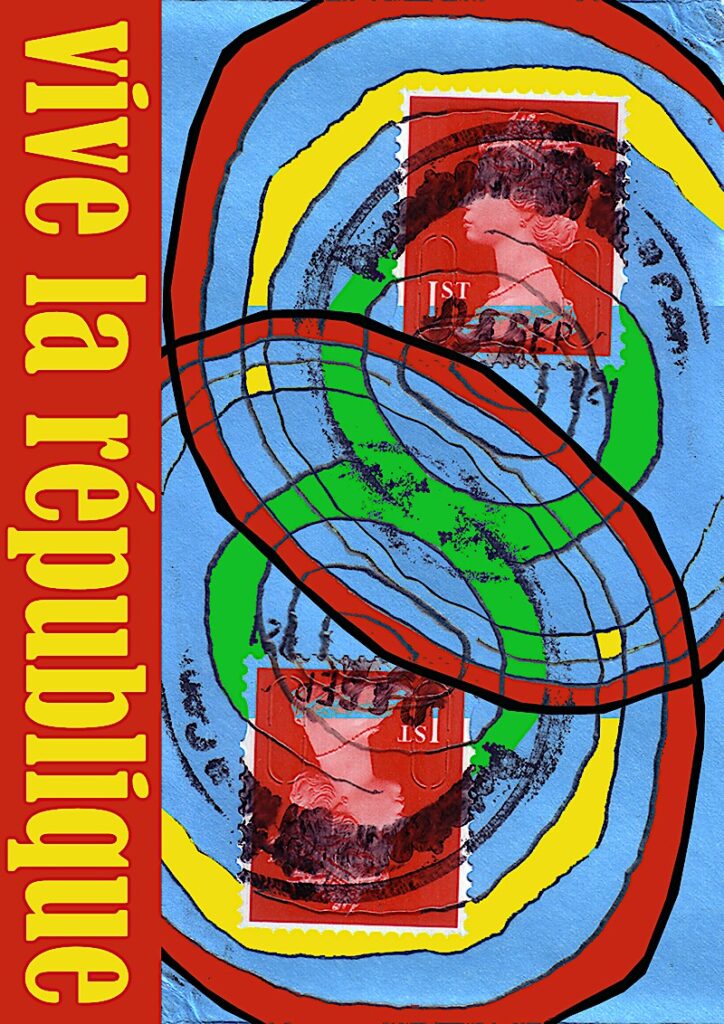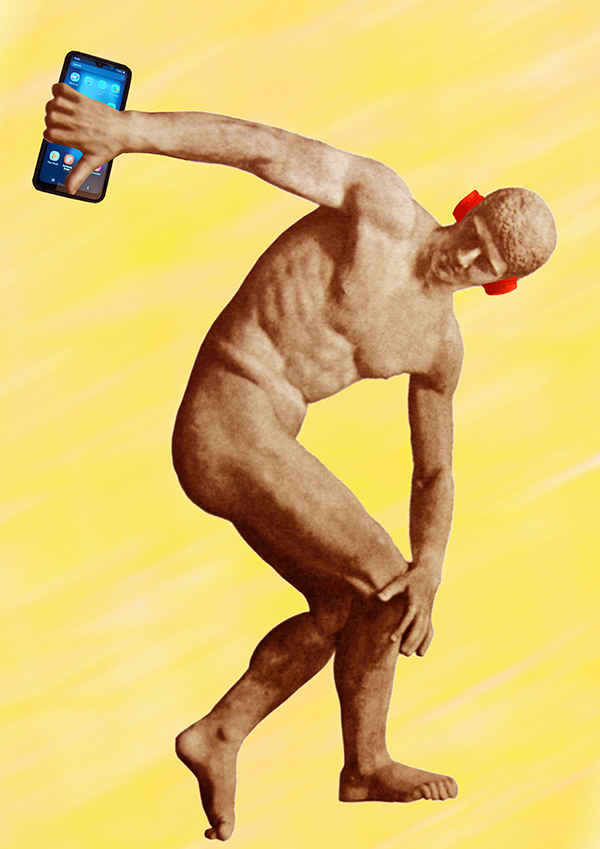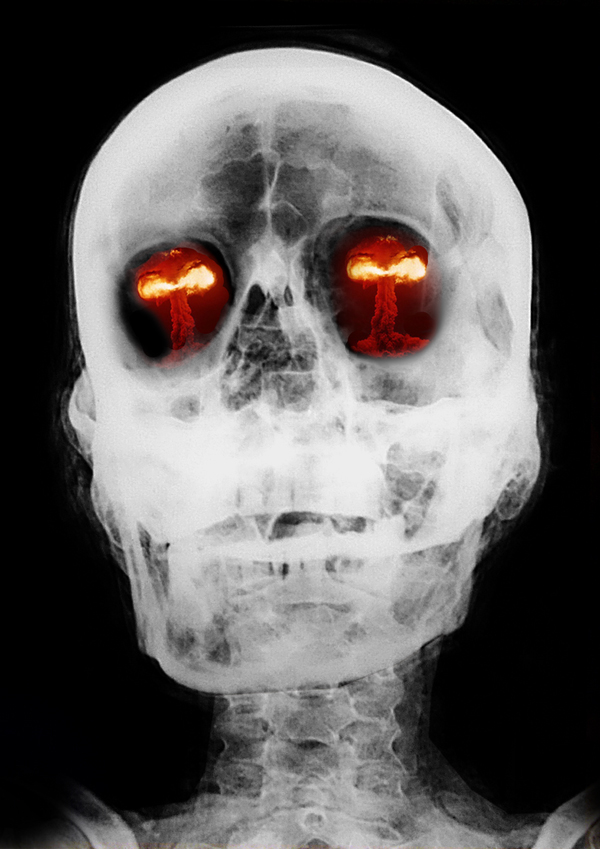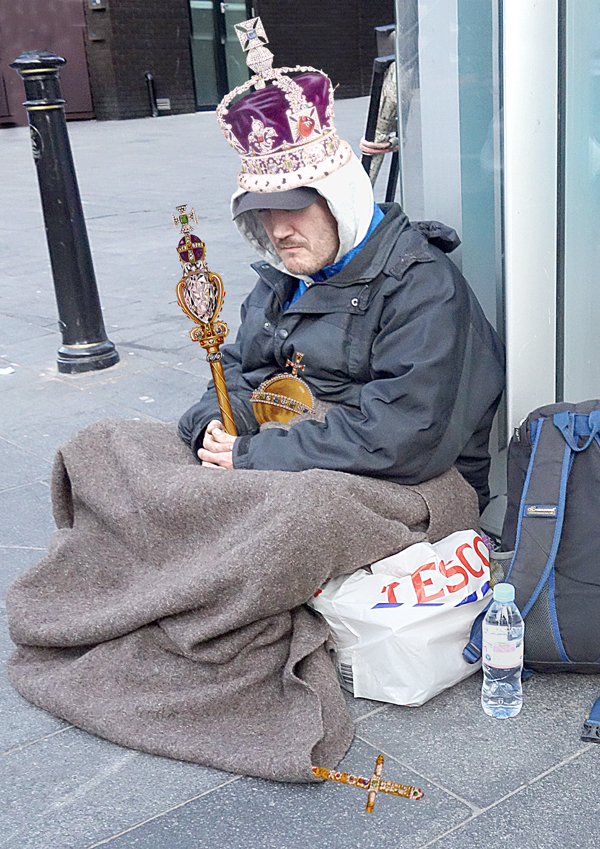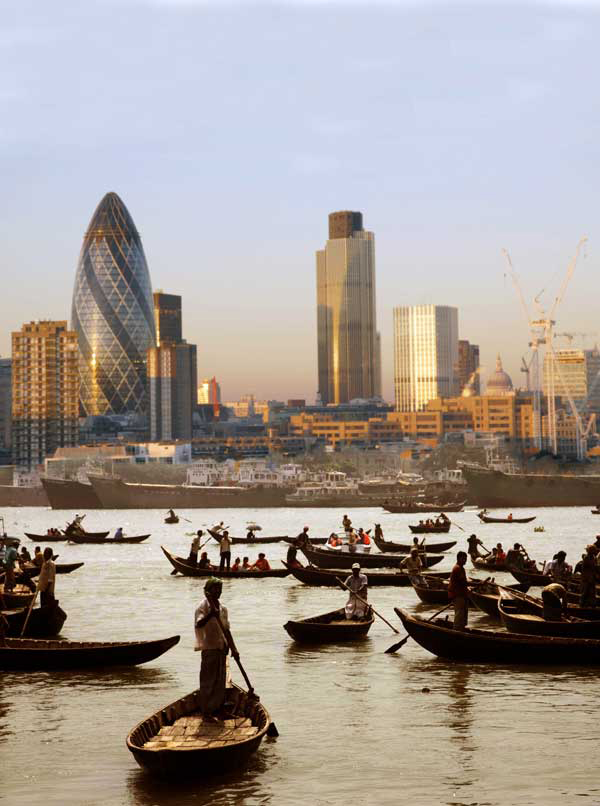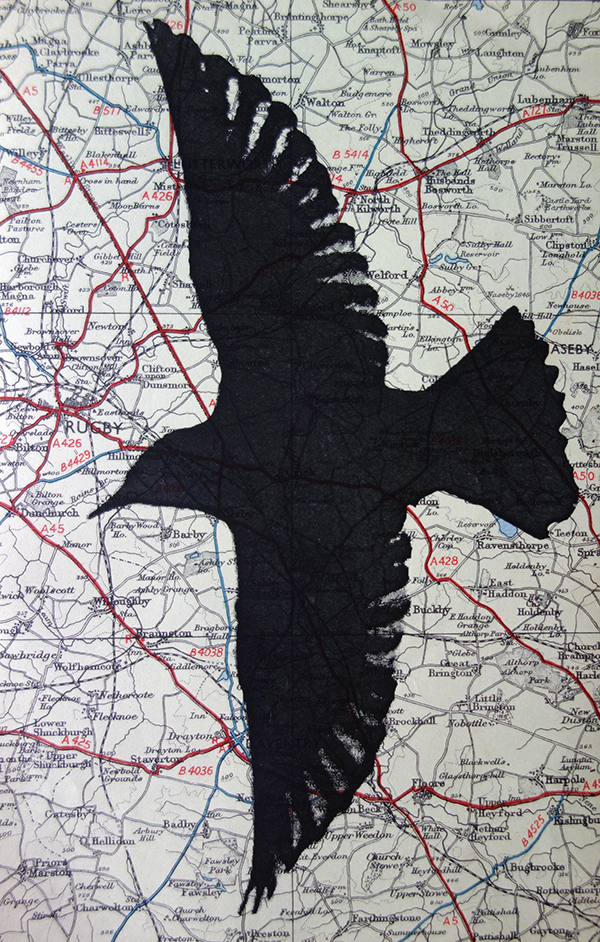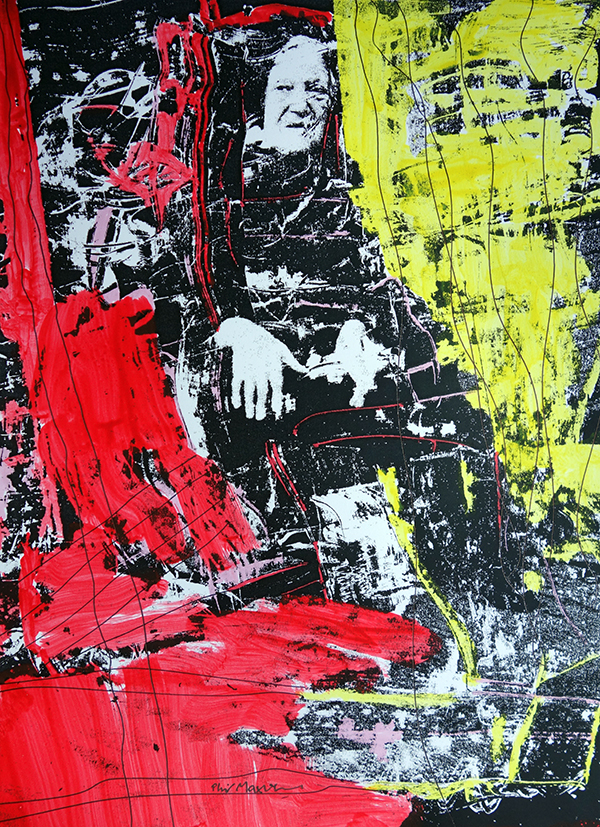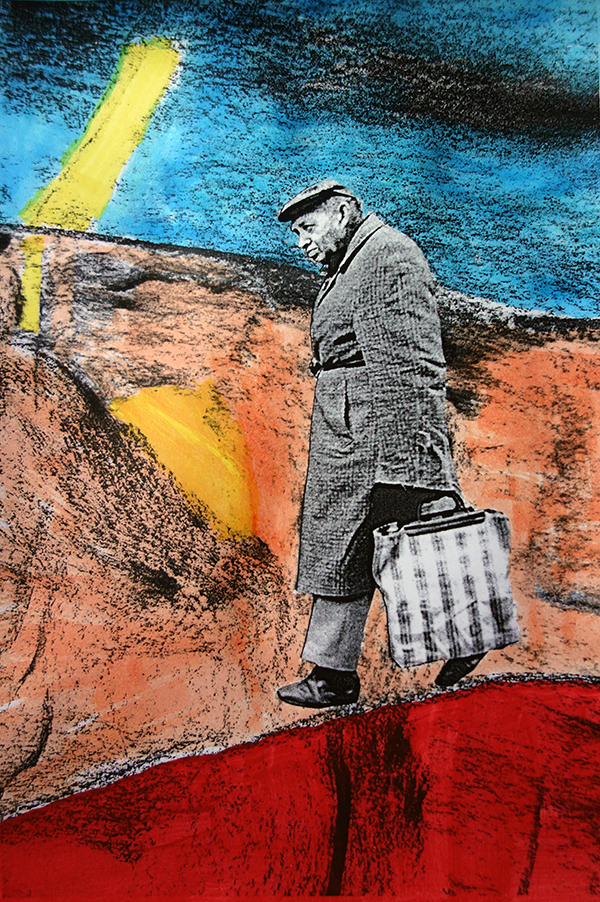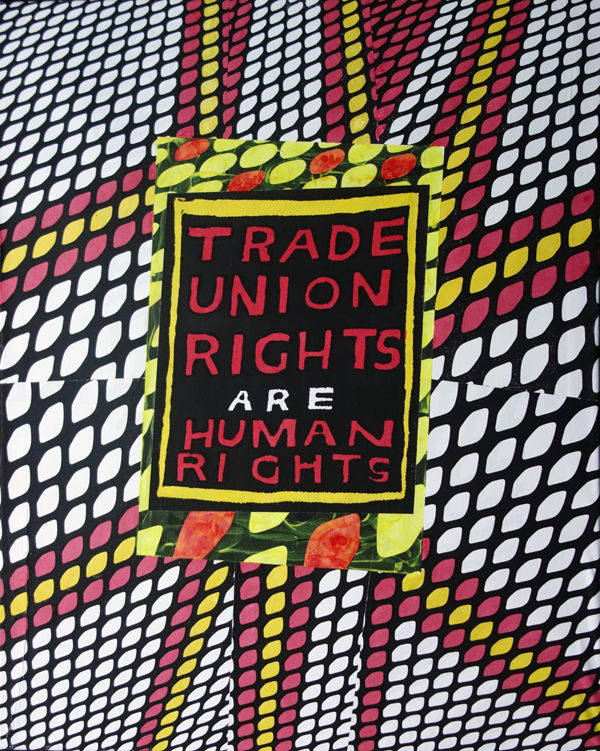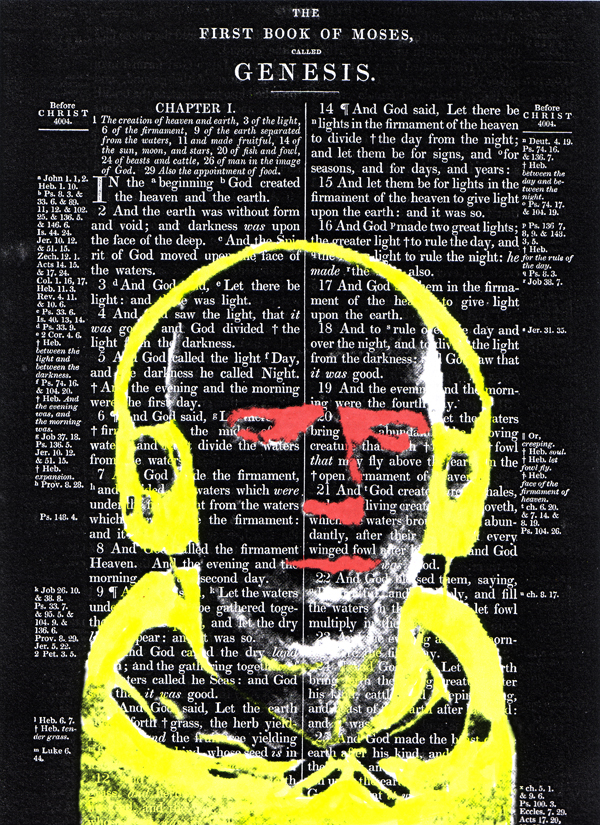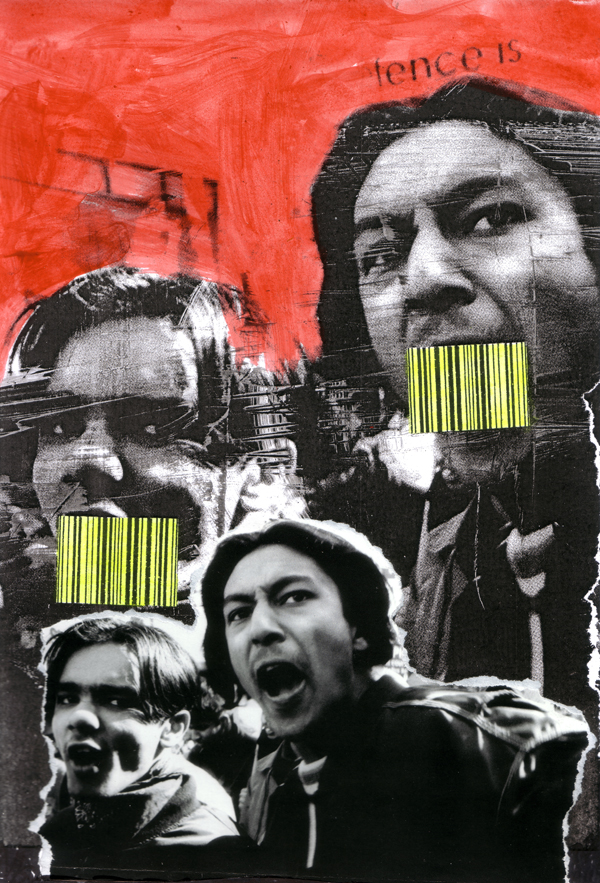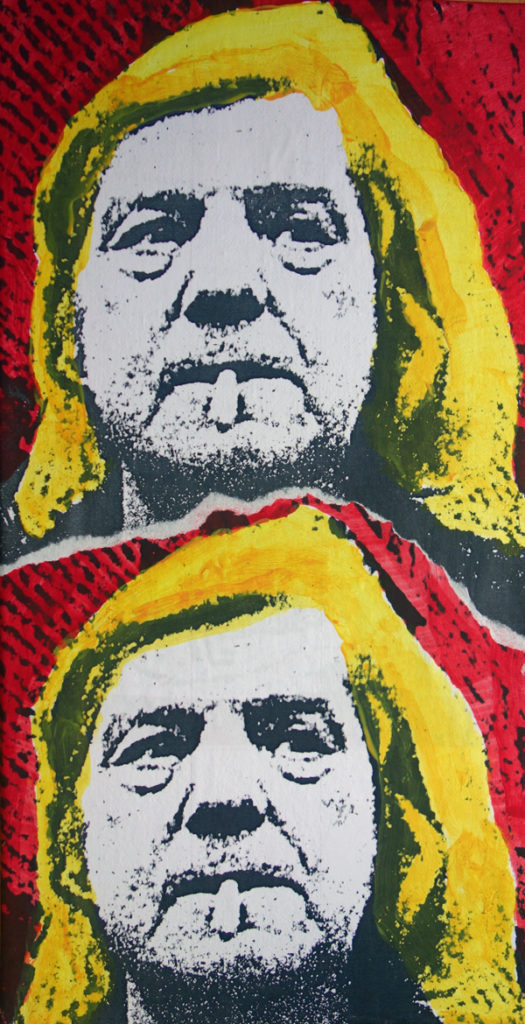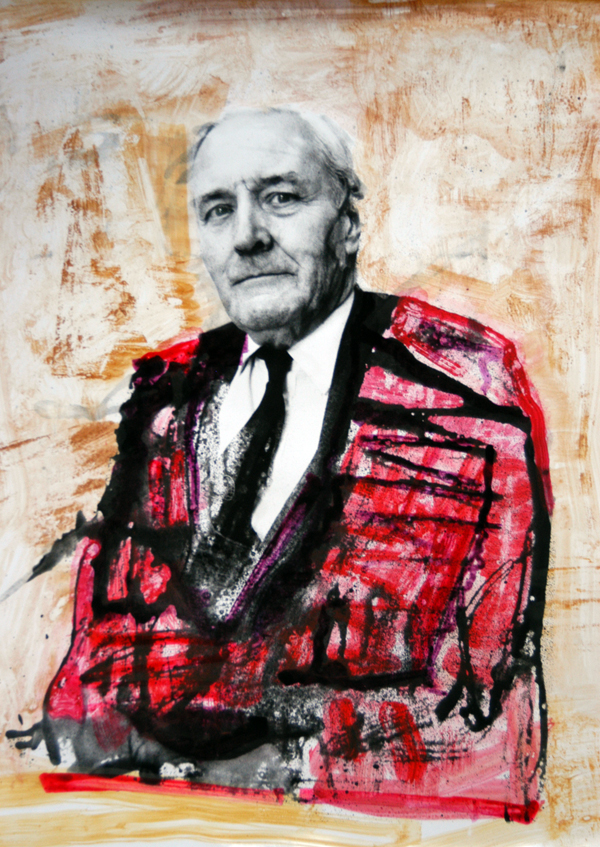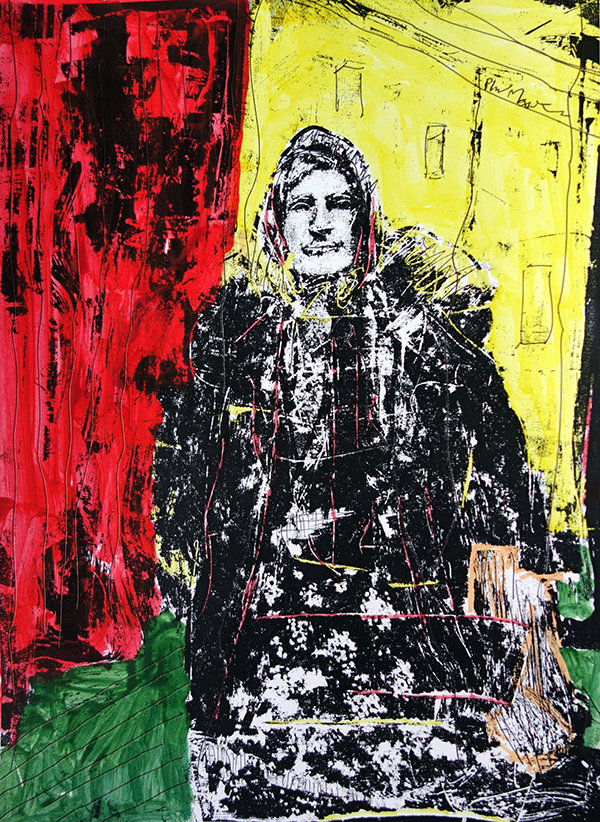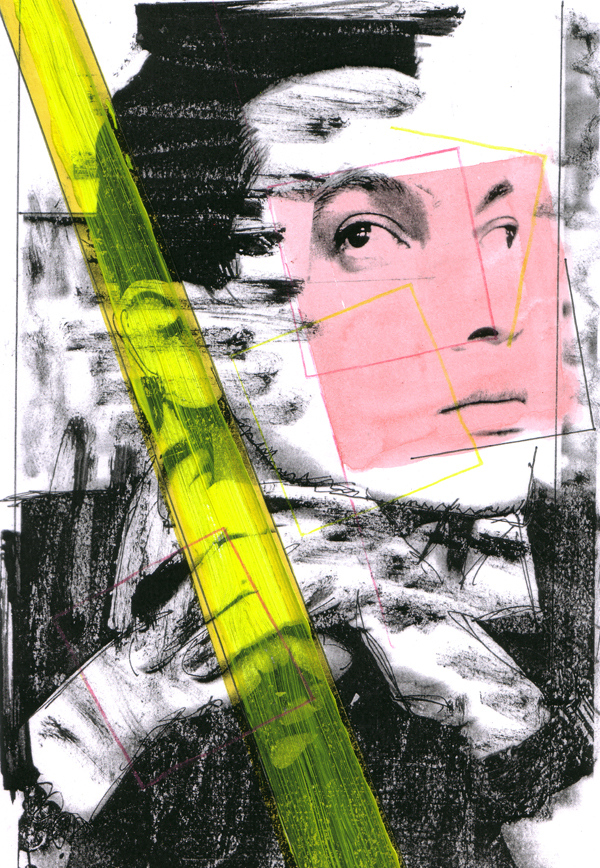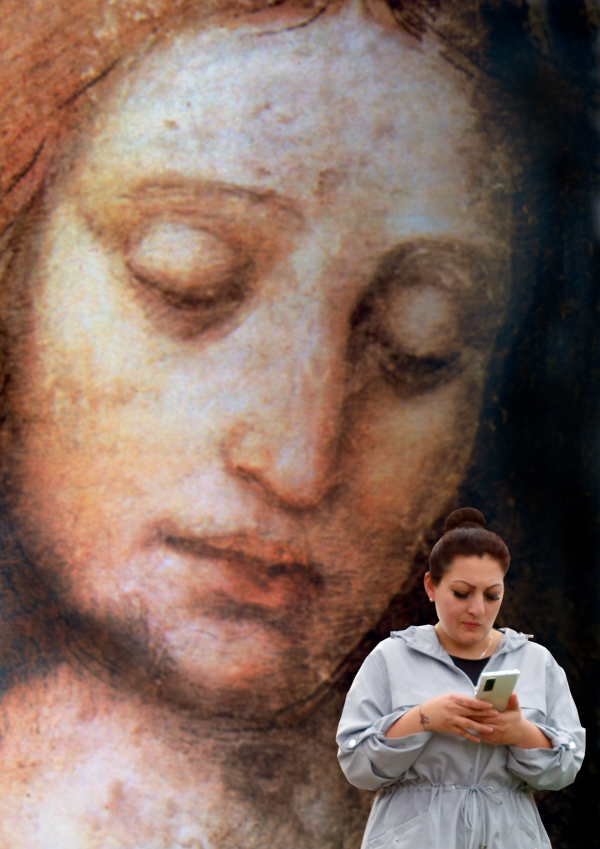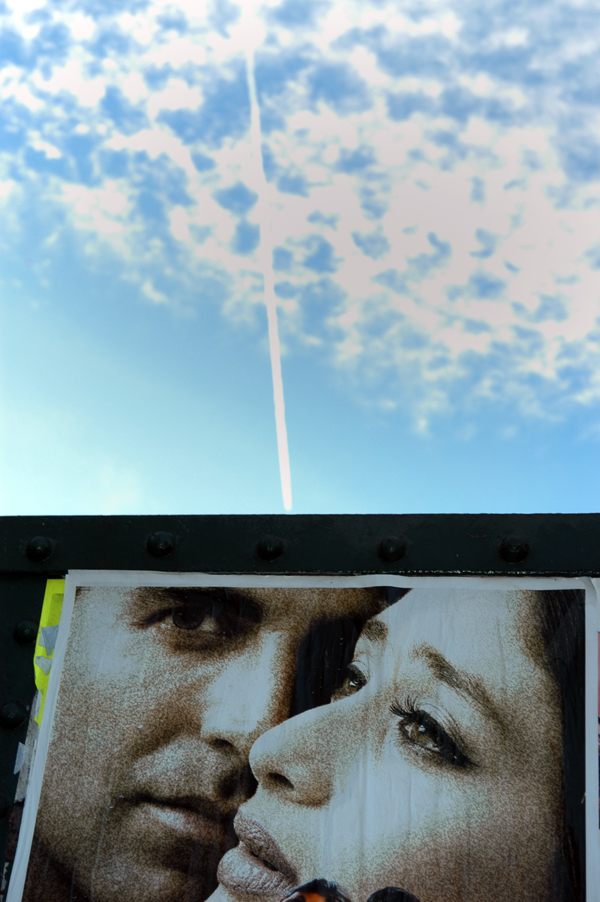St Paul’s Church In Melaka
On a recent visit to Malaysia I explored St. Paul’s Church at dawn before the tropical heat kicked in. St. Paul’s Church is a historic church building in Melaka, Malaysia that was originally built in 1521, making it the oldest church building in Malaysia and Southeast Asia. It is located at the summit of St. Paul’s Hill and is today part of the Melaka Museum Complex comprising the A Famosa ruins, the Stadthuys and other historical buildings.

Circular window, St Paul’s Church. Melaka February 2018.

View from where the altar used to be to the entrance of St Paul’s Church. Melaka February 2018.
The original structure was a simple chapel built in 1521 dedicated to the Virgin Mary and known as the Nossa Senhora da Annunciada (Our Lady of the Annunciation). The chapel was built by a Portuguese fidalgo or nobleman, Duarte Coelho, as an act of gratitude following his escape from a storm in the South China Sea.
The chapel was deeded to the Society of Jesus in 1548 by the Bishop of Goa, João Afonso de Albuquerque, with the title deeds received by St. Francis Xavier. The chapel was then further enlarged in 1556 with the addition of a second floor, and a belfry tower was added in 1590. The chapel was then renamed the Igreja de Madre de Deus (Church of the Mother of God).
A burial vault was opened in 1592 and many people were buried there, including Pedro Martins, the second Bishop of Funay, Japan.

St Paul’s Church. Melaka February 2018.

St Paul’s Church. Melaka February 2018.

St Paul’s Church. Melaka February 2018.

St Paul’s Church. Melaka February 2018.

View of Melaka from St Paul’s Church. Melaka February 2018.

Looking up from the nave of St Paul’s Church. Melaka February 2018.

St Paul’s Church. Melaka February 2018.
n 1548, St. Francis Xavier with the help of fellow Jesuits, Fr. Francisco Peres and Brother Roque de Oliveira, established a school in the premises of the chapel known as St. Paul’s College. This was perhaps the first school in the modern sense to be established on the Malay peninsula.
Xavier used the church as his base for his missionary journeys to China and Japan. In one of those journeys, Xavier fell sick and in 1552 in Shangchuan Island, China he would die.
In 1553, the body of Xavier was disinterred from Shangchuan Island and temporarily buried at the church before it was finally shipped to Goa. An open grave in the church still exists today marking the place of Xavier’s burial.

Looking out from the back of St Paul’s Church. Melaka February 2018.

Looking out from the back of St Paul’s Church. Melaka February 2018.

Looking out from the back of St Paul’s Church. Melaka February 2018.

Tombstone in St Paul’s Church. Melaka February 2018.
With the conquest of Melaka by the Dutch in 1641, the church was reconsecrated for Dutch Reformed use as St. Paul’s Church also known as the Bovernkerk or High Church. The church remained in use as the main church of the Dutch community until the new Bovenkerk (better known today as Christ Church Melaka) was completed in 1753.
The old church was then subsequently deconsecrated and the structure modified and strengthened as part of the fortifications of Melaka. The nave of the church was then used as a churchyard.
When the British occupied Melaka in 1824, the church was used as a powder magazine and was allowed to deteriorate further.

Tombstones in St Paul’s Church. Melaka February 2018.

Tombstone (detail) in St Paul’s Church. Melaka February 2018.

Skull & crossbones on a tombstone in St Paul’s Church. Melaka February 2018.

Tombstone (detail) in St Paul’s Church. Melaka February 2018.

Tombstone (detail) in St Paul’s Church. Melaka February 2018.

Tombstone (detail) in St Paul’s Church. Melaka February 2018.
Efforts to preserve records of monuments from the past such as the tombstones found in St. Paul’s Church were photographed by the Resident Councillor of Malacca, Robert Norman Bland and published in his 1905 work, Historical Tombstones of Malacca.
In 1924, the old Portuguese burial vault in the chancel of the church was partially uncovered. Further excavation was done in 1930 by the president of the newly formed Malacca Historical Society, Major C. E. Bone. It was in this period that the tombstones that were scattered around in the vicinity of the church were affixed to the walls.
In 1952, a statue of St. Francis Xavier was erected in front of the ruins of the church in commemoration of the 400th anniversary of his sojourn in Melaka. A day after the statue was consecrated, a large casuarina tree fell on it, breaking off its right arm. Incidentally, the right forearm of Xavier was detached in 1614 as a relic.

Tombstone (detail) in St Paul’s Church. Melaka February 2018.

Tombstone (detail) in St Paul’s Church. Melaka February 2018.

Tombstones in St Paul’s Church. Melaka February 2018.

Tombstone (detail) in St Paul’s Church. Melaka February 2018.

Sailing ship carved on a tombstone in St Paul’s Church. Melaka February 2018.

Shadows in St Paul’s Church. Melaka February 2018.

St Paul’s Church. Melaka February 2018.
You may also be interested in:
Faces at the Melaka Night Market
Liverpool Metropolitan Cathedral
Nantes Cathedral Of St Peter & St Paul
Cathedral & Capitalism In Crisis
Christchurch Spitalfields From A Rooftop In Hanbury Street
You can support a feature length film I am helping to make about pensioners and their campaigns here: Pensioners United.
